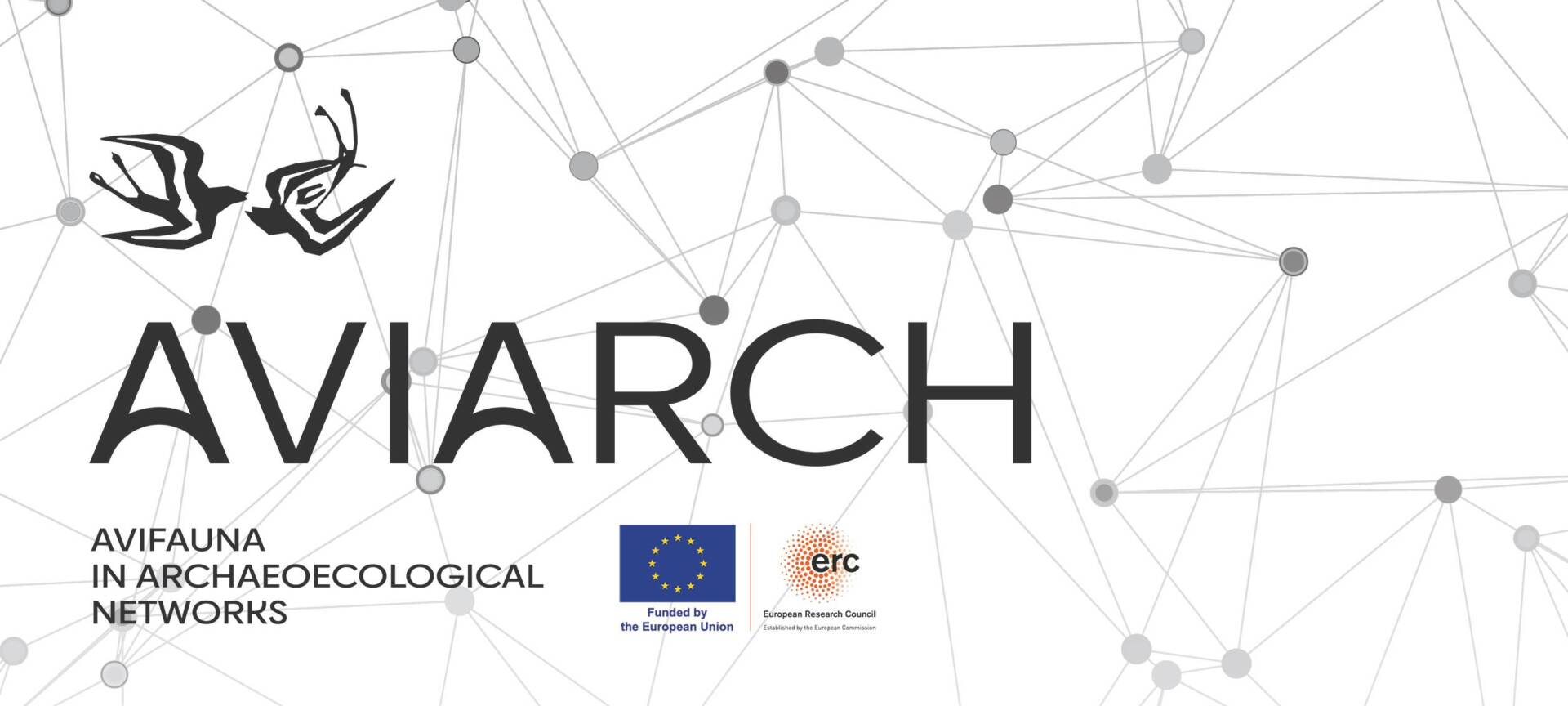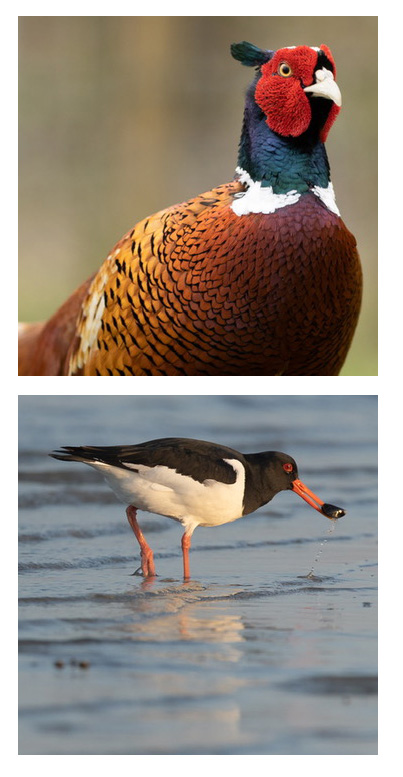
WHAT WE ARE AIMING FOR
Birds are a fundamental component of human environments. People have been interacting with eleven thousand species of birds inhabiting sky, water and land since early prehistory, and the result of this interaction is a world today where farmed poultry outnumbers wild birds three-to-one and ecologists worry deeply about impacts of climate change and human activity on bird communities (e.g. agriculture, urbanisation, and long-distance travel), which are causing the loss of crucial ecosystems services, including people’s well-being. Strikingly, we are not able to tell how the relationship between humans and birds unfolded.
Archaeology is ideally placed for providing long-term perspectives on animal-human interactions, and illuminating key turning points, for example when different species became part of the human agricultural niche.
Major shifts in human-bird relationships occurred during the transition from hunting-gathering to farming, when many other animals were incorporated in the human niche, with the emergence of urban life, sustained by an intensification of agriculture, and by long-distance trade and transport of goods, including live animals.
We will answer these fundamental research questions:
1.How did avifaunal communities, as reconstructed from archaeological assemblages, respond to climate changes, e.g. the +15℃ transition between Pleistocene and Holocene?
2. What was the impact of people on local ecosystems due to intensifying agricultural activities, urbanisation, and the introduction of exotic species?
3. When and how did humans start managing selected avian species?
4. Which birds were prominent in people’s worldviews, and how is this related to socio-ecological changes?

